NAREE Special Report: The Commercial Real Estate Rundown
The office and industrial sectors are looking strong in the near term thanks to an economy that is encouraging diversity via an expanding tenant base.
By Mike Ratliff, Senior Associate Editor
The office and industrial sectors are looking strong in the near term, thanks to an economy that is encouraging diversity via an expanding tenant base. An impressive panel of industry veterans gathered for a conversation at NAREE’s 85th annual conference in Houston last week. The panel, moderated by CPE’s editorial director, Suzann Silverman, touched on where the action is the hottest, and what lagging areas need to catch up.

Left to Right: Suzann Silverman, CPE (Moderator); Trey Odom, Avera Cos.; Chip Clarke, Transwestern; Matt Khourie, CBRE; John Sikaitis, JLL; Cassie Stinson, BoyarMiller. Photo by Mike Ratliff.
To best understand current trends in commercial real estate, it is important to take a quick look at the macroeconomic forces at play. After witnessing a series of false starts, the panel agreed that things are starting to coalesce and the economy is primed for liftoff. Jobs added topped 200,000 in each of the last four months. The unemployment rate is at its lowest point since October 2008, at 6.3 percent. While this is good news on its own, John Sikaitis, managing director of office research and local markets research at JLL, pointed out that the “white collar” unemployment rate sits between 2.5 and 3 percent.
“We are more optimistic today about the recovery than we have been at any point over the last seven years,” Sikaitis said. “There is no slowdown in the tech or energy sectors. That said, companies are not finding the talent they need to grow and to diversify. The tech industry is waiting for its next growth phase, and it is up to Washington and immigration reform to solve the issue with growing their business.”
The energy sector is also looking to D.C. for approval on the Keystone XL Pipeline, a move that could open up the industry in a manner that hasn’t been seen in the last 10 to 15 years. Overall office rent growth has increased 12 percent over the last two-and-a-half years, and JLL has forecast a 14 percent rent growth over the next three-and-a-half years. When it comes to the type of office asset that will perform the best, walkable, urban core locations are achieving 40 percent rent premiums over their suburban counterparts.
This is indicative of an overall trend of flight to quality, according to Chip Clarke, president of Americas business at Transwestern. In Houston, for example, Clarke is seeing companies like global engineering conglomerate Foster Wheeler Ltd. step up the quality of space they are willing to rent, sometimes doubling the prior payment per square foot. The business is still moving toward “smaller me space, greater we space,” though Clarke said that some companies are starting to pull back after getting a bit too heavy on the collaborative areas. Twitter, for example, has found that its engineering talent needed more focus space than was being provided. It is also interesting to note that the ability to control space extends up from individual users to corporate real estate departments.
“Expansion options are being heavily negotiated, and we are not seeing as many termination options,” Clarke said. “Tenants are willing to sign 10, 12 or 15 year leases now.”
But longer leases are being offset by densification—that is, tenants taking less space per employee, according to Matt Khourie, CEO of CBRE Global Investors.
“Today, in almost every case, tenants are taking less space per capita. Part of it is planning in more open space, with a lot less cubicles and individual office space. It is also the result of more telecommuting,” Kourie said.
Technology is also playing a role in smaller tenant footprints, as Cassie Stinson, business group shareholder at Houston law firm BoyarMiller, pointed out. As law firms and other professional service businesses move away from a paper-intensive to a paper-free environment, the need for space decreases.
“In the 1980s and 1990s, that need for space actually necessitated different floor plates for the weight of files. Today, law firms are trying to eliminate paper storage—a non-populated but nonetheless expensive space,” Stinson said.
Industrial, on the other hand, is moving in the opposite direction as firms look for larger warehouse and logistics space. Trey Odom, founder & CEO of Houston-based office and industrial developer Avera Cos., noted that the build-to-suit industrial business is doing well, and REITs—both private and public—are aggressively buying up digs. It is easy to see why, considering levered returns in the 7 to 8 percent range for Class A warehouse space.
“The volume of investors bidding on pools of Class A trophy product is overwhelming. It is really a case of who is going to be the most aggressive on a given day,” Odom said.
While the majority of interest in industrial stems from U.S. capital, Odom would not be surprised to see an influx of foreign money chasing yields in upcoming months. The office sector is already seeing a ton of domestic and international interest.
“We have never seen more capital chasing commercial real estate in the U.S., and that is through three cycles, going back to the 1980s,” Khourie added. “Foreign capital is now very comfortable investing money outside of their borders.”
Khourie is seeing an influx of interest in office from South Korea, which like China was first interested only in the gateway cities. That is starting to change as both countries look at next-tier markets like Houston and Seattle. Look for big things to come from Australia, as mandatory employee “superannuation” contributions will ramp up from 9 to 12 percent over the next decade.
“Australia is a small but great market, where there really aren’t that many opportunities to invest. All that money is aimed at the U.S. and Asia, and in a lot of cases, managers don’t like the risk profiles in a lot of Asia,” Khourie said.
On the flip side of the equation, Khourie’s firm is targeting European investments. While London and Paris currently seem overpriced, there are opportunities in the Nordic countries. Khourie added that the lights have turned on in Spain in the last six months, and regional malls are presenting a good play, with core retail presenting another good bet in certain markets.

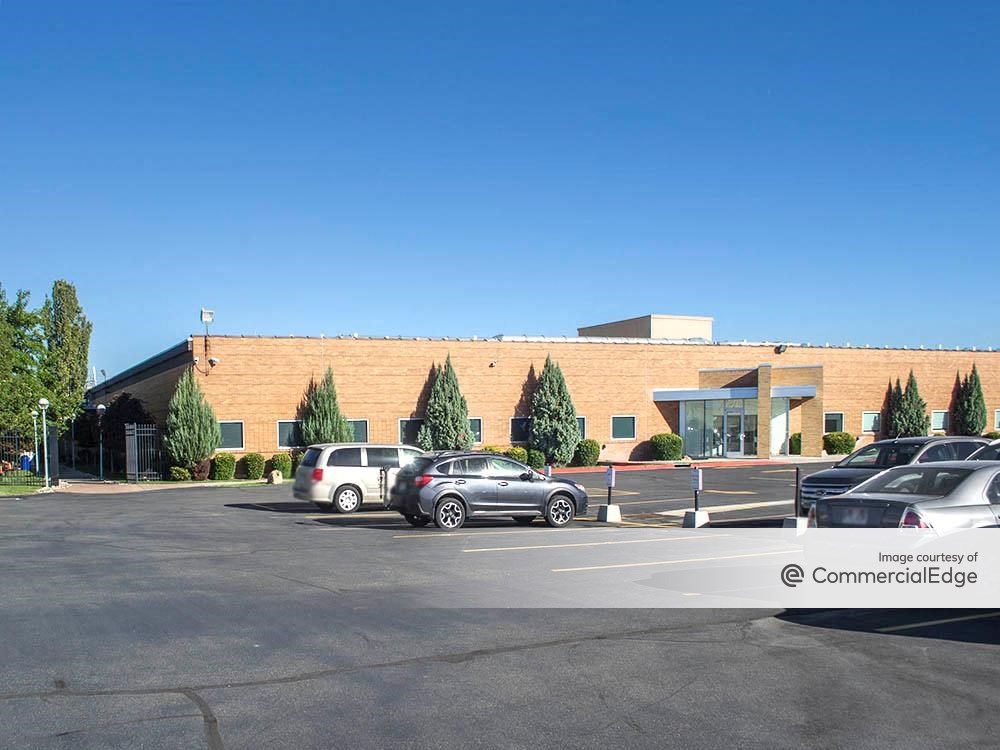
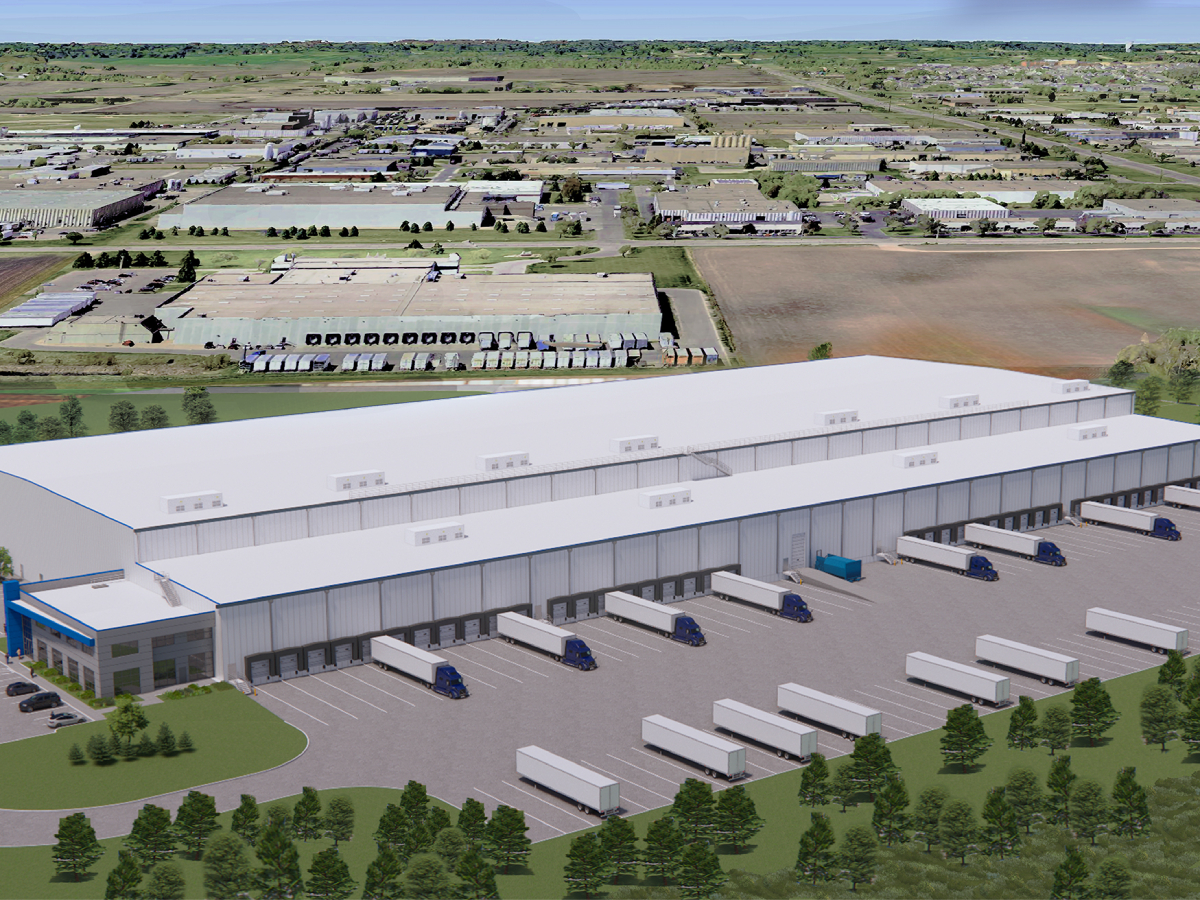
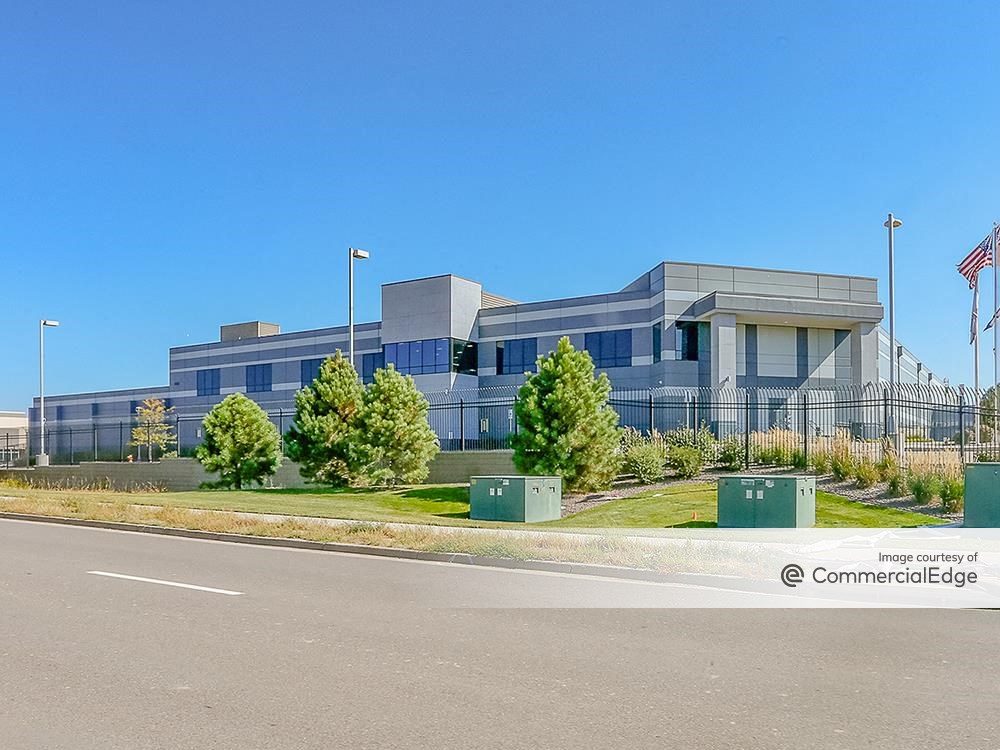
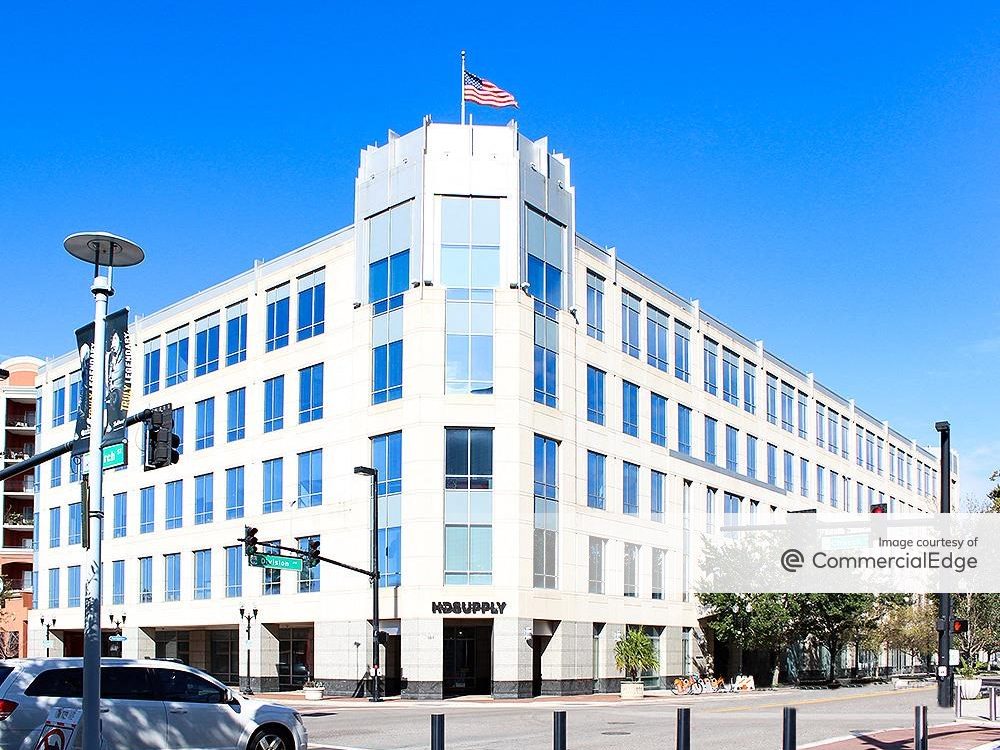
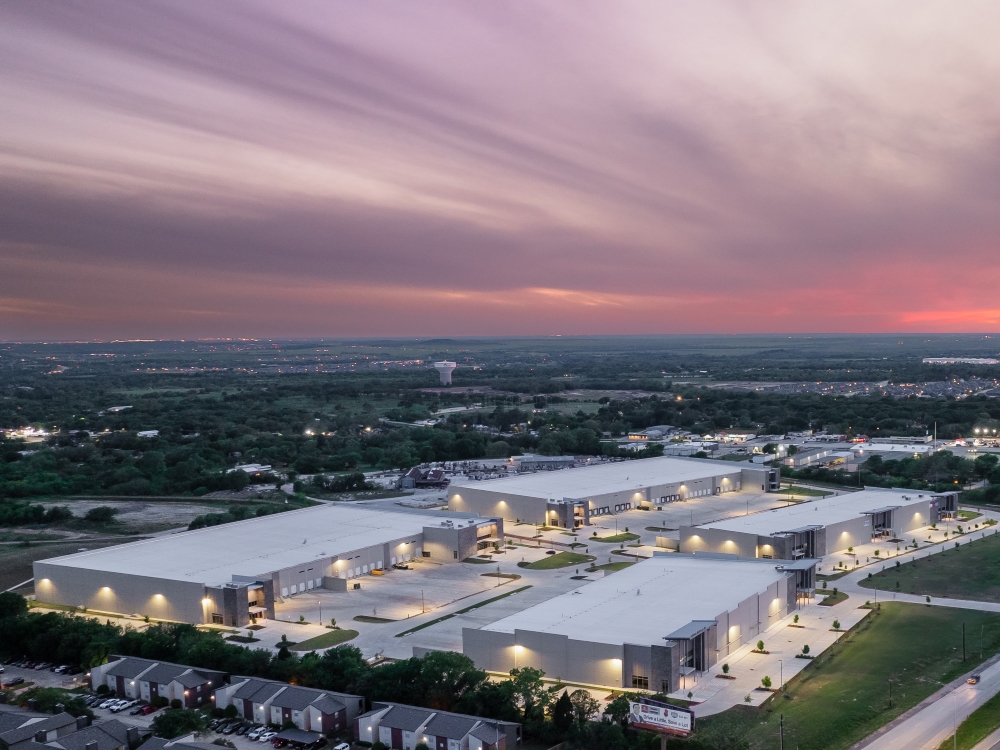

You must be logged in to post a comment.